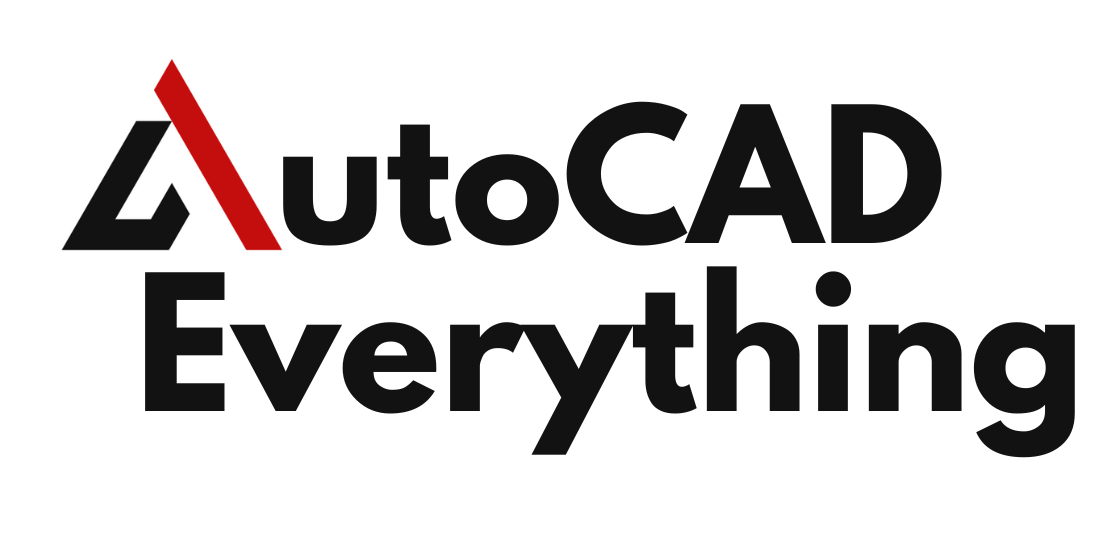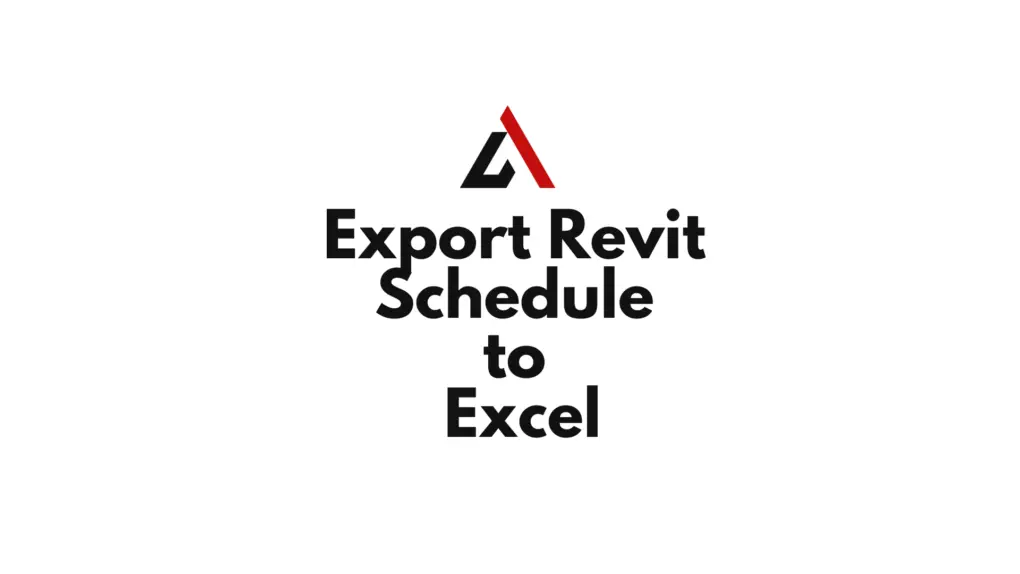Introduction
In Building Information Modeling (BIM), managing project data efficiently is crucial for cost estimation, material tracking, and reporting. While Autodesk Revit provides powerful scheduling tools, sometimes users need to export schedules to Microsoft Excel for advanced analysis, formatting, or integration with external databases.
Exporting Revit schedules to Excel enables:
- Detailed data analysis using Excel formulas and pivot tables.
- Enhanced reporting and visualization with custom formatting.
- Integration with cost estimation, project management, and accounting software.
This article explains step-by-step methods to export Revit schedule to Excel and best practices for managing exported data efficiently.
Table of Contents
Why Export Revit Schedules to Excel?
1. Advanced Data Analysis
Excel provides powerful tools such as:
- Pivot tables for summarizing data.
- Conditional formatting for highlighting key metrics.
- Custom formulas for complex calculations.

2. Enhanced Reporting & Formatting
While Revit schedules are useful for BIM documentation, Excel offers:
- Better printing options.
- Custom charts and graphs for presentations.
- Easier data sharing across teams.
3. Integration with Other Software
Exporting to Excel allows integration with:
- Cost estimation software (CostX, Sage Estimating).
- Project management tools (Microsoft Project, Primavera P6).
- Accounting and procurement databases.
4. Streamlining Workflows & Collaboration
Excel files can be shared with non-Revit users, making it easier for contractors, quantity surveyors, and project managers to access project data.
Methods to Export Revit Schedule to Excel
There are several ways to export Revit schedules to Excel, depending on project needs and available tools.
Method 1: Direct Export from Revit
Revit has a built-in feature to export schedules as a text-based file, which can be opened in Excel.
Step-by-Step Guide:
- Open the Schedule in Revit
- Go to the Project Browser and locate the schedule you want to export.
- Export the Schedule
- Click File → Export → Reports → Schedule.
- Save as a Text File (.txt or .csv)
- Choose Delimited Text (CSV) format.
- Open in Excel
- Launch Excel and open the exported file.
- Select Delimited and use Comma or Tab separators to format the data correctly.
📌 Tip: Use the “Save As” option in Excel to convert the file to a standard Excel format (.xlsx).
Method 2: Using Dynamo for Automated Export
Dynamo, a visual programming tool in Revit, allows for advanced customized data exports.
Step-by-Step Guide:
- Open Dynamo in Revit
- Go to Manage → Dynamo.
- Create a New Script
- Use nodes to extract schedule data.
- Connect to the “Excel.WriteToFile” node.
- Run the Script
- The script will automatically export the schedule to an Excel file.
🔹 Best For: Large projects that require frequent automated exports.
Method 3: Using Revit Add-ins
Several third-party plugins simplify the export process, such as:
| Add-in | Key Features |
|---|---|
| BIM One Exporter | One-click export, custom formatting options. |
| COINS Auto-Section Box | Supports complex schedule exports. |
| Xporter Pro | Batch export multiple schedules at once. |
How to Use Add-ins:
- Download and install the Revit add-in from the Autodesk App Store.
- Select the schedule you want to export.
- Click the add-in’s export button to save the file in Excel format.
Method 4: Copy-Paste Data Manually
For quick exports, users can simply copy-paste data from Revit to Excel.
Step-by-Step Guide:
- Open the Schedule in Revit.
- Select the data (Ctrl + A to select all).
- Copy (Ctrl + C) and paste (Ctrl + V) into Excel.
- Adjust formatting in Excel for readability.
📌 Tip: This method is best for small schedules but may require manual adjustments.
Formatting and Enhancing Exported Data in Excel
Once the schedule is exported to Excel, follow these steps for better readability and analysis:
1. Clean Up the Data
- Remove extra spaces, blank rows, or formatting issues.
- Use Find & Replace to correct formatting errors.
2. Apply Conditional Formatting
- Highlight cost overruns using color-coded formatting.
- Use bold and borders to organize columns clearly.
3. Use Formulas for Cost Estimation
- Example Formula:
=SUM(B2:B100) → Calculates total cost from material quantities.
4. Create Pivot Tables for Analysis
- Generate pivot tables to summarize material quantities and costs.
5. Generate Reports and Charts
- Insert bar charts or pie charts to visualize material distribution.
Common Issues and Troubleshooting
| Issue | Solution |
|---|---|
| Data Misalignment | Use Delimited Text Format and correct separators in Excel. |
| Missing Schedule Data | Ensure all schedule fields are visible before export. |
| Slow Export Speed | Use Dynamo or Revit add-ins for large schedules. |
| Incorrect Units in Excel | Check Revit schedule units before exporting. |
Best Practices for Exporting Revit Schedules to Excel
✅ Plan Before Exporting
- Determine which fields are necessary for reporting.
- Filter irrelevant data in Revit before export.
✅ Use Consistent Naming Conventions
- Ensure column headers match company standards for easy identification.
✅ Automate Recurring Exports
- Use Dynamo or Revit add-ins for projects that require frequent data exports.
✅ Keep a Backup of Original Data
- Save a copy of the original Revit schedule before making modifications in Excel.
✅ Maintain Data Integrity
- Avoid manually editing quantities or materials in Excel unless verified.
FAQs on Exporting Revit Schedules to Excel
Can I export multiple schedules at once in Revit?
Yes, using third-party add-ins like Xporter Pro or Dynamo scripting.
How do I update Excel data when the Revit model changes?
Re-export the schedule or use Dynamo for automated updates.
Can I export schedules with images?
Revit does not support exporting images in schedules, but images can be manually added in Excel.
Why is my exported Revit schedule missing data?
Check if the schedule filters are hiding certain elements.
Does exporting schedules affect the Revit model?
No, exporting schedules is a non-destructive process and does not modify the Revit model.
Conclusion
Exporting Revit schedules to Excel is a crucial step for data analysis, reporting, and cost estimation. Whether using direct exports, Dynamo, add-ins, or manual copy-pasting, Revit provides flexible options to streamline data workflows.
By applying best practices, automating workflows, and formatting data effectively, AEC professionals can maximize the value of Revit schedules in project planning and execution.

